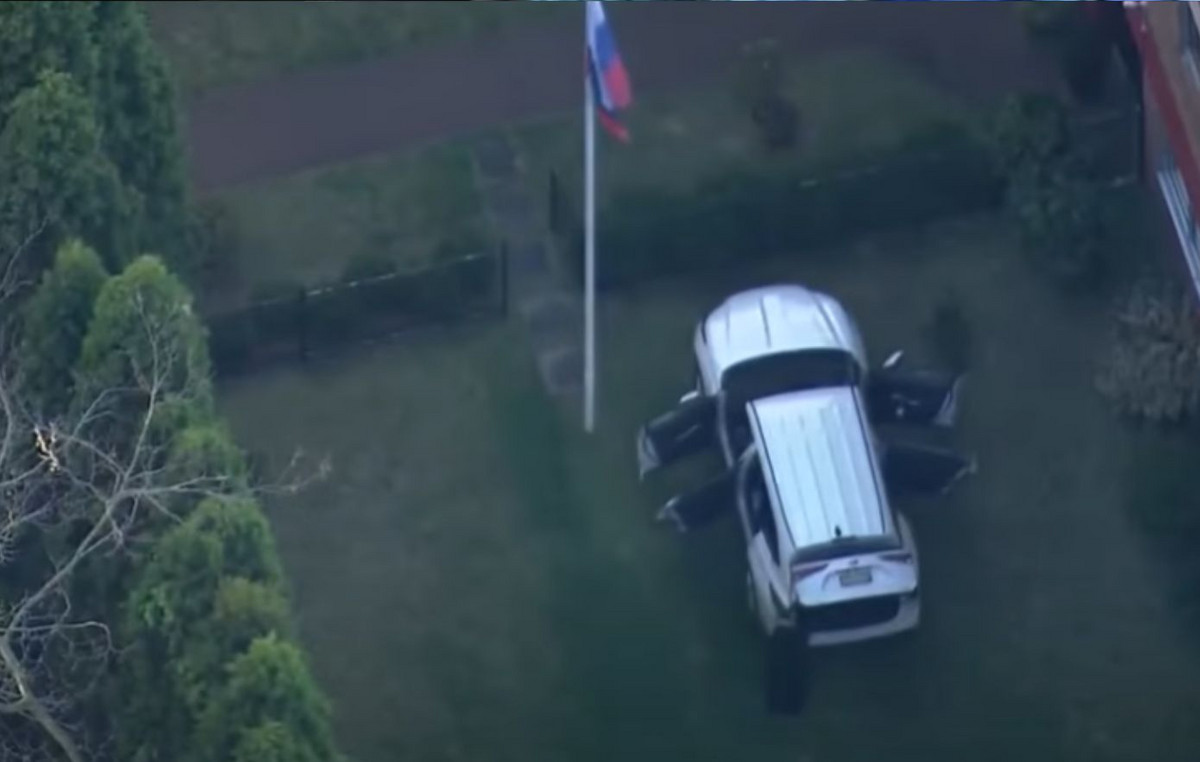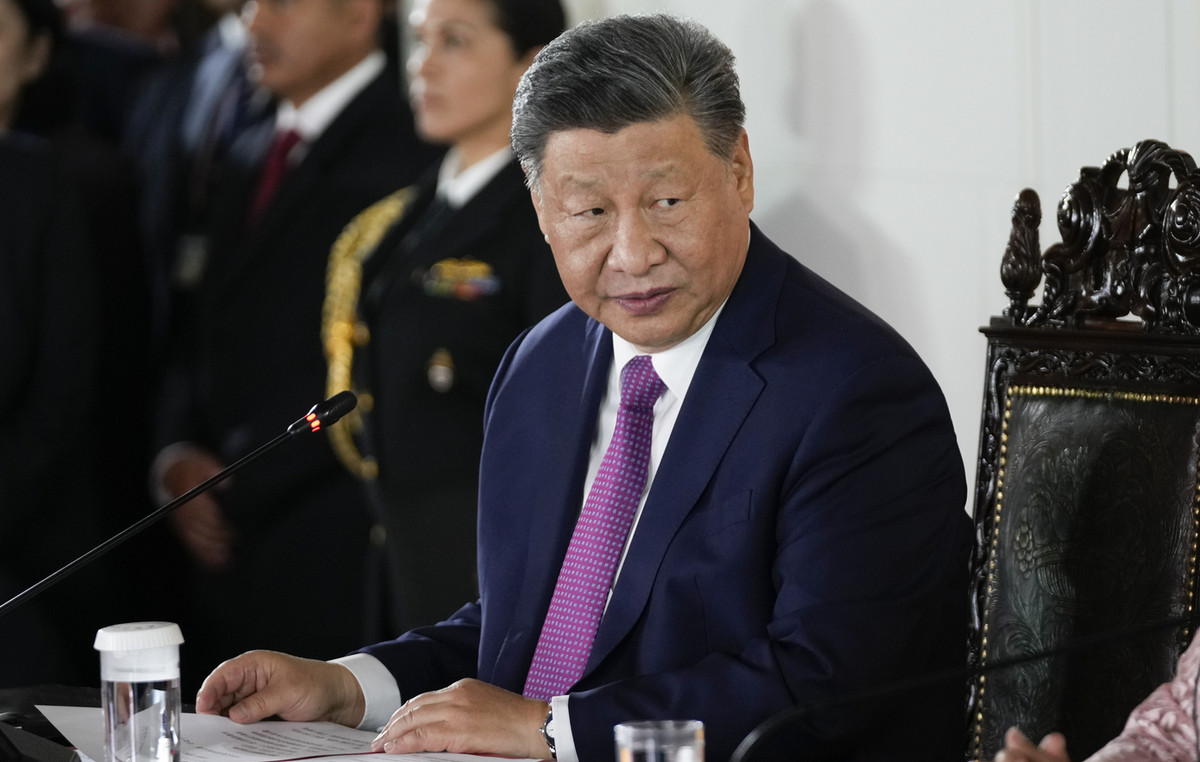A possible ballistic missile launched by North Korea on Tuesday would be more advanced than the missile Pyongyang tested last week, reaching a speed of 10 times the speed of sound, the Korean Joint Chiefs of Staff said. of the South, in note.
The projectile was launched from Jangang Province, near the North Korean border with China, and landed in the ocean between the Korean Peninsula and Japan, its flight covering a distance of over 700 kilometers and reaching a height of 60 kilometers, said the ad.
Evaluation of the test by South Korean and US intelligence is in process, but initial analysis showed that the most recent test, in which the projectile reached a speed of Mach 10 (a number that represents 10 times the speed of sound), is of a weapon more advanced than the test conducted last Thursday (6), officials said.
The launch was of what North Korean state media claimed was a hypersonic missile, the second reported test of a similar weapon by the Kim Jong Un regime. However, many experts have doubted this claim.
A hypersonic missile actually refers to the payload a rocket carries. In this case, that load could be what is called a Hypersonic Glide Vehicle (HGV).
An HGV can theoretically fly at up to 20 times the speed of sound, and can be easily maneuvered in flight, making it nearly impossible to shoot down, according to experts.
But a note from the South Korean government on Tuesday said: “Our army has the ability to detect and intercept this projectile, and we are continually strengthening our response system.”
South Korea expressed “strong disappointment at the country’s launch to the North, which came at a time when political stability is very important.”
A note from US Forces in Korea said the test did not pose a threat to either the United States or South Korea or their armies, but “the missile launch highlights the destabilizing effect of the illicit weapons program.” [da Coreia do Norte].”
North Korea has not released any information about Tuesday’s launch. The week before, state media gave details 24 hours after the test.
Tuesday’s test covered roughly the same distance as the previous week, about 700 kilometers, and the missile landed in the sea outside Japan’s Exclusive Economic Zone (EEZ), according to the Japanese Defense Ministry.
Pyongyang is prohibited from testing ballistic missiles and nuclear weapons under international law.
This content was originally created in English.
original version
Reference: CNN Brasil
I’m James Harper, a highly experienced and accomplished news writer for World Stock Market. I have been writing in the Politics section of the website for over five years, providing readers with up-to-date and insightful information about current events in politics. My work is widely read and respected by many industry professionals as well as laymen.







